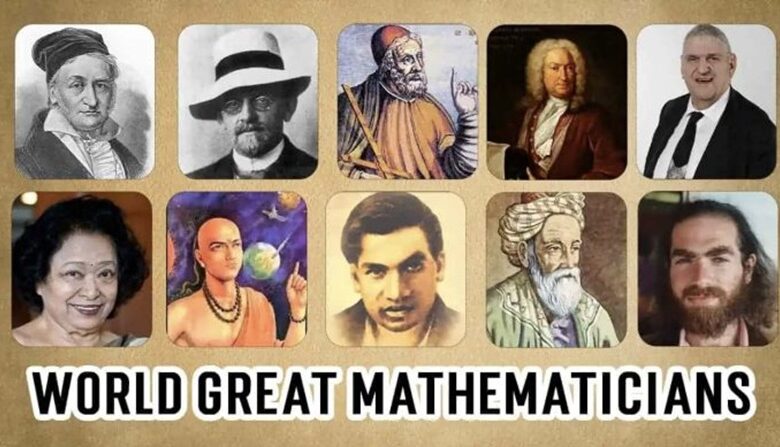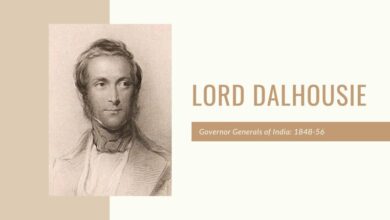Tracing the Enduring Legacy of Some of India’s Most Influential Mathematicians
News Mania Desk / Piyal Chatterjee/ 22nd December 2024

Every year on December 22, Indians celebrate National Mathematics Day to commemorate the birth anniversary of a guy who saw the realm of mathematics as nothing short of magical. He is supposed to be the one who understands ‘infinity’. Yes, you are correct; we are talking about India’s greatest mathematician, Srinivasa Ramanujan. He was born on December 22, 1887, in Erode, Tamil Nadu. His contributions have served as the foundation for many current mathematical ideas, including mathematical analysis, infinite series, and continuing fractions. Srinivasa Ramanujan wrote history not just in his native country but also across the world, despite having no academic education in the subject.
Srinivasa Ramanujan began working on his mathematical ideas and published his first article in 1911. During his tenure at Cambridge, GH Hardy, a British mathematician, mentored him and pushed him to publish his discoveries in multiple articles. In 1918, Ramanujan became the Royal Society’s second Indian Fellow.Robert Kanigel wrote a biography of the Indian mathematician in 1991, and Matthew Brown adapted it into a film in 2016. The book and film adaptation provide a full description of his upbringing in India, achievements, and mathematical partnership with mathematician G.H. Hardy.
Furthermore, during his final days, several Royal Society colleagues stated that Srinivasa Ramanujan was working on some of his deep theories.Dr. Manmohan Singh, India’s previous Prime Minister, established the day’s celebration in honor of Srinivasa Ramanujan. Ramanujan, who died at the age of 32 on April 26, 1920, left a legacy that continues to resonate.
Besides this great legend , there have been other great minds who changed the course of study in their time . These individuals have had a substantial impact not just on the discipline of mathematics, but also on the world around us. So let’s look at the intriguing stories of some of the most well-known Indian mathematical thinkers of their day.
Aryabhata (476-550 CE) was a pioneer and well-known figure in Indian mathematics. Even as far removed from the realm of mathematics as I am, Aryabhata’s name is easily recognisable. His writings, ‘The Aryabhatiya’ and ‘The Arya-Siddhānta’, were innovative. He established the notion of zero, which is crucial to contemporary mathematics. His contributions to the place-value system remain in use today. Aryabhata’s contributions to trigonometry and algebra established the groundwork for future advances, making him a seminal figure in mathematics history.
Following Aryabhata, Brahmagupta (598-668 CE) emerged as a towering figure in the classical period of Indian mathematics and astronomy. Brahmagupta’s ‘Brahmasphutasiddhanta’ demonstrates his intellect. This treatise, which included arithmetic and algebra, specifically tackled quadratic problems using methods that were decades ahead of their time. Furthermore, his contributions to trigonometry and geometry affected academics for years to come.
During the medieval period, Bhaskara II (1114-1185 CE) rose to prominence and made similarly major achievements. Bhaskara’s ‘Lilavati’, a thorough treatise on mathematics, and ‘Bijaganita’, a book on algebra, demonstrated his remarkable intelligence. His pioneering work in calculus, trigonometry, and the solution of cubic and quartic equations bridged the gap between ancient and modern mathematical theory.In the contemporary period, Srinivasa Ramanujan (1887-1920) stands out as a remarkable genius. Ramanujan, who was mostly self-taught, made significant contributions to number theory, infinite series, mathematical analysis, and even theoretical physics. Despite his lack of formal education, his contributions have had a significant influence on modern mathematics. His intuitive understanding of complicated mathematical topics continues to inspire mathematicians worldwide.
Calyampudi Radhakrishna Rao (1920-2016) has recently made substantial contributions to statistics. His contributions to statistical theory and methodology, notably linear models, experimental design, and information theory, have had a long-term influence on a variety of areas. Similarly, P.C. Mahalanobis (1893-1972) is recognized for establishing the Mahalanobis distance, an important statistic used for data categorization. His contribution in creating the Indian Statistical Institute adds to his legacy in statistical study.
Calyampudi Radhakrishna Rao (1920-2016) has recently made substantial contributions to statistics. His contributions to statistical theory and methodology, notably linear models, experimental design, and information theory, have had a long-term influence on a variety of areas. Similarly, P.C. Mahalanobis (1893-1972) is recognized for establishing the Mahalanobis distance, an important statistic used for data categorization. His contribution in creating the Indian Statistical Institute adds to his legacy in statistical study.






